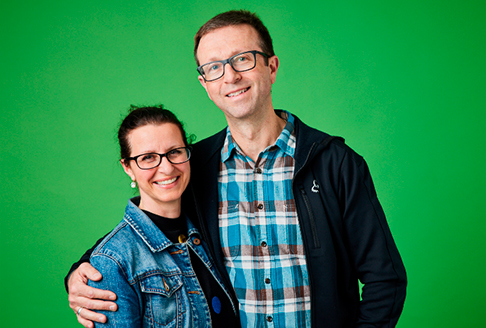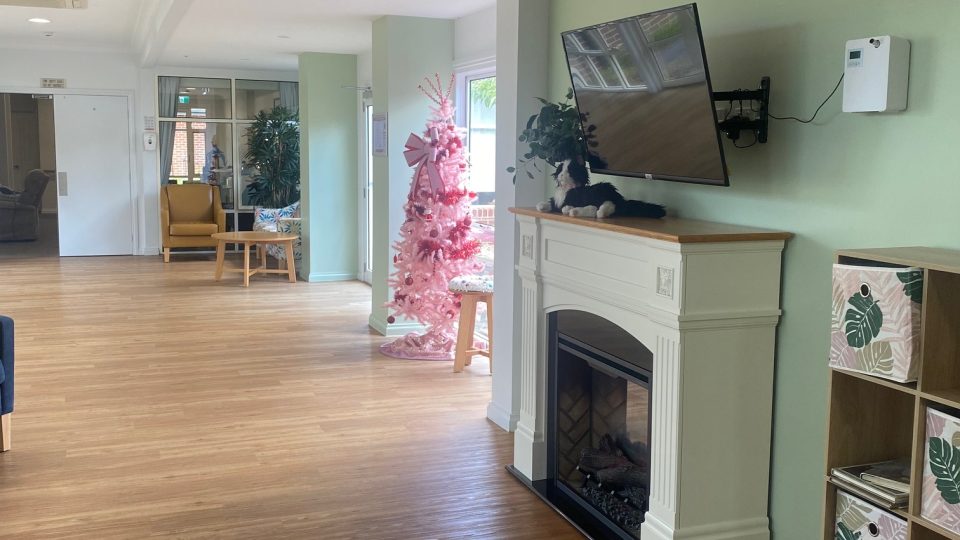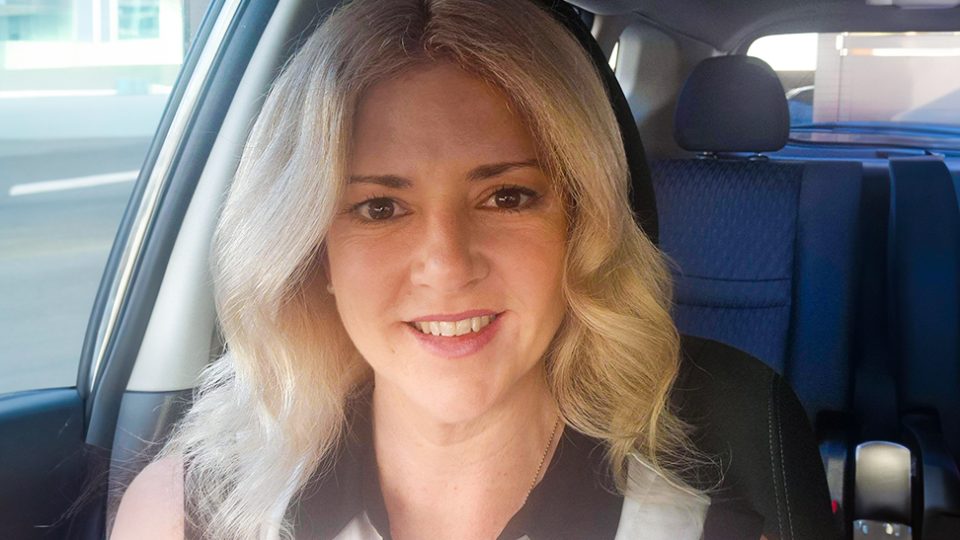Meet Bernadette and Jason, foster carers with Baptcare
- 08 Sep 2023

Meet Bernadette and Jason, foster carers with Baptcare. We sat down with them to find out about their fostering journey.
How long have you been partnered with Baptcare?
B: We’ve been providing foster care to children with Baptcare for over a year now.
J: It was recommended that we start off with respite care as we’ve already got a daughter, Gemma, studying year 12 and a son, Sebastian in year 10, and two dogs.
Why did you decide to become foster carers?
B: I come from a big family with lots of extended family and lots of cousins.
Part of this extended family group had been doing foster caring for a long time and showed me a photo of a baby they’d become fulltime carers for. I thought this was fantastic and it triggered me to make that initial call to Baptcare to become a foster carer. At that point I didn’t even tell Jason that I had applied.
J: I thought it was great! I’d worked with people who had been foster carers and I was really open to the idea.
But unlike Bernadette, my interest wasn’t a family-driven thing as I didn’t grow up with a large family. My thinking was more practically based. I thought that we had the spare space and ability to look after kids – to help people out and give back.
I didn’t know there was a thing called respite care, but I’d worked with a guy who had been a carer and whose parents had fostered dozens of kids and thought the experience was awesome. I could see that he and his family had benefited from the experience and thought we might too.
Any other motivators for becoming carers?
J and B: One other motivator for becoming carers was to broaden our kids’ world a bit. Our kids are pretty spoilt – we wanted them to appreciate that there are many kids in the world who are less fortunate than them. Also, COVID was a big motivator. The kids had become a bit insular. We really wanted to broaden their world.
How have your children reacted to the reality of having other kids bought into their space?
B: We thought the kids would be jealous and defensive, but they’ve been great.
Have you noticed that your kids have changed in behaviour?
J: The kids were protective of their turf at the beginning but have learnt empathy now. We tried to explain to them that while it might be a bit disruptive for them having kids going into their home, imagine how much more difficult it was for the kids themselves having to enter a foreign environment with strangers.
It has definitely made them more understanding.
Sebastian has become so much more helpful and humble. He started off not letting any of the kids into his room but has changed to acting a bit like a big brother now.
What has surprised you about being foster carers?
B: We were prepared for the good, the bad and the ugly but it has been great.
We’re sad that we can’t have more kids than we do presently but look forward to welcoming more children into our family as time goes on.
We’ve recently had a lovely experience caring for a 10-year-old child who really became a part of the family.
J: Being a carer has opened my eyes up. It has been a huge learning experience for me. I expected that kids were put in care because of bad parents but I’ve learnt that situations can be complicated.
It is so much fun. Mind you, we’re like the fun grandparents. We go out of our way to make it a fun time for the visiting kids.
What would you say to people contemplating becoming a foster carer?
J: Just do it! It’s not hard.
The process was long but easy. The hard part was actually making the decision to do it.
If it wasn’t for Bernadette biting the bullet and actually applying, we may not have got around to doing it.
You need to be prepared to change up your routine a bit and be flexible during the time you have the kids with you. For example, I’m a big bike rider so during the weekends that we have the kids, instead of going on my usual solo bike rides, I take them out for a ride too.
But in general, daily life is the same, except you need to buy a bit more food.
B: You do need to be organised as a family and clear your calendar for the time you have the visiting children. Also, you need to be on the same page as a family and have each other’s backs.
What are some of the best and worst parts of your fostering experience so far?
B: The best is how naturally we all adapted to having other people in our house.
Also, it surprised me how attached I became to the visiting children.
An incident I remember happening was when Jason and I had a disagreement regarding how to manage a child’s behaviour. This was pretty stressful. But we worked it out as a team. Just as with parenting, there are always going to be challenges in fostering. But we’re never alone. The caseworkers are always there to be called on for any guidance.
J: It has been so great and personally rewarding too. Recently, the children we’d been looking after told us that they liked coming to our house. This felt good and made me think we’re ok people to be around.
I’m not sure there is anything really bad. At times it can be difficult getting a visiting child to go to bed on time but nothing really hard or challenging.
If you’re interested in joining Bernadette and Jason as part of Baptcare’s foster community, please call a Baptcare Foster Care team member and have a chat on 0409 591 895.
Community news
-

Opening doors: transforming aged care at our Heritage Manor community
At Heritage Manor Residential Aged Care community in Morwell, a quiet revolution has taken place – one that began not with grand gestures, but with a simple decision: to open a door.
- 16 Jan 2026
-

Staff Spotlight: Annabelle Hancock
Meet Annabelle Hancock, Statewide Carer Support Liaison Officer for the Foster and Kinship care team based in Tasmania.
- 06 Jan 2026
-

Staff spotlight: Alicia Johnston
We are very proud of our talented and dynamic workforce and enjoy following their professional work journeys. Roles aren’t static at Baptcare. There is flexibility to grow and develop into different areas, such as Alicia Johnston’s experience.
- 06 Jan 2026
